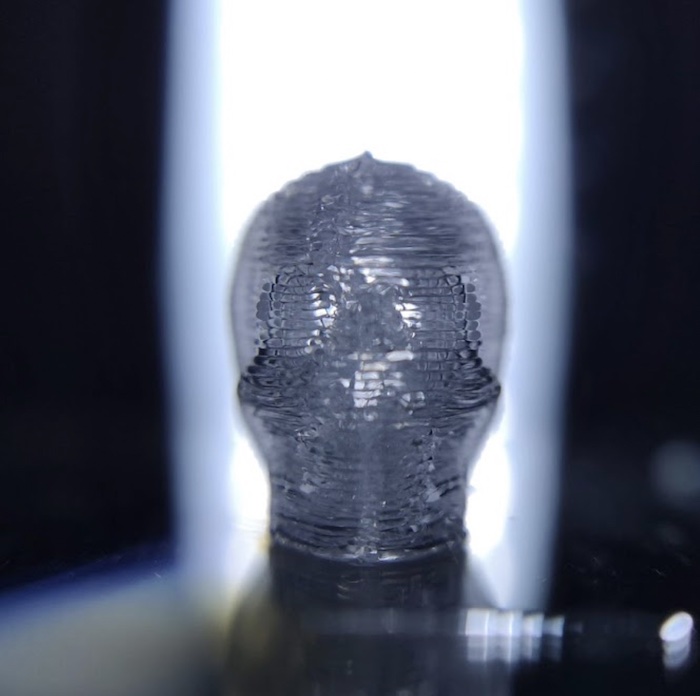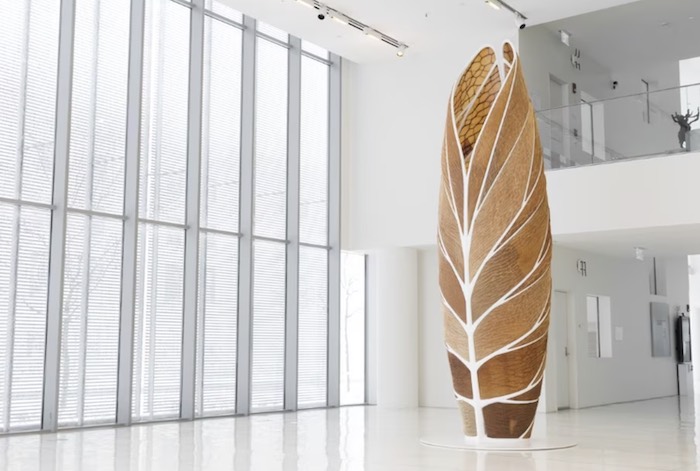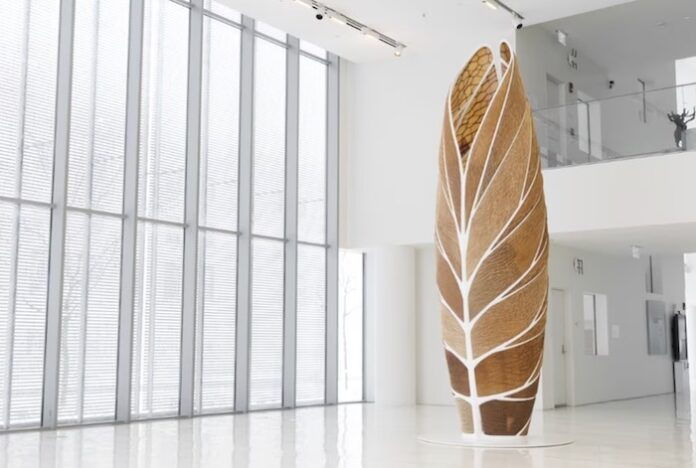3D printing technology is revolutionizing the way we create and innovate. One of the most exciting and cutting-edge areas of 3D printing is the ability to print with glass. With a 3D glass printer, the possibilities are endless. From creating unique pieces of art and jewelry to precise scientific equipment, this technology has the power to change the way we think about glass and its potential uses. In this blog post, we will explore the world of 3D glass printing, including what it is, how it works, and the exciting future of this technology.
How 3D glass printer works
A 3D glass printer is a type of device that can create three-dimensional glass objects using digital designs. These printers typically use a process called fused deposition modeling (FDM) to build the objects layer by layer. They can create a wide variety of glass objects, including sculptures, jewelry, and scientific equipment.
Process of 3D printing glass
The process of 3D printing glass begins by creating a digital design of the object using computer-aided design (CAD) software. The design is then sliced into layers and sent to the printer. The printer melts glass beads or frits, and then extrudes the melted glass onto a build plate, layer by layer, to create the final object.
Potential Uses of 3D glass printing
3D glass printing has many potential uses. It can be used to create unique pieces of art, jewelry, and functional objects like glassware. It can also be used in scientific research, for example, to create precise and complex glass structures for optical and medical equipment.
In the future, 3D glass printing technology is expected to continue to improve and become more widely available. This could lead to more widespread use of the technology in areas such as architecture and construction, where it could be used to create custom-designed glass building components. Additionally, advancements in materials science could lead to the development of new types of glass that can be printed with greater precision and at a lower cost.
3D glass printing technology is a powerful tool that can open up new possibilities for creativity and innovation. From sculptures and jewelry to scientific equipment, the potential uses of this technology are vast. As the technology continues to improve and become more widely available, we can expect to see it being used in a variety of industries, such as architecture and construction. As we look to the future, we can only imagine the incredible and previously unimaginable things that will be created with 3D glass printing. It’s an exciting time to be a part of this technology and we can’t wait to see what the future holds for 3D glass printing.
Nobula™ glass 3D printer
The Nobula3D Glass 3D printer is a cutting-edge device produced by the Swedish-based manufacturer Nobula3D.

Utilizing Directed Energy Deposition (DED) technology, it allows for the creation of three-dimensional glass objects using digital designs.

This technology is unique to the Nobula3D printer and sets it apart from other 3D glass printers that may use fused deposition modeling (FDM). With this technology, Nobula3D is bringing a new level of precision and versatility to the field of 3D glass printing.
Aguahoja by Neri Oxman

Aguahoja is a series of structures created by Neri Oxman, a renowned architect and designer, and her team at the Mediated Matter Group at the Massachusetts Institute of Technology (MIT).

The structures are made from biopolymers, which are materials derived from living organisms and considered as waste such as mycelium, the vegetative part of a fungus, and chitin from crustaceans, and are being used as an alternative to traditional building materials.

The Aguahoja III is one of the structures in this series and was designed as a research pavilion to test the potential of using biopolymers in architectural design and to explore the relationship between the natural and built environments. Oxman’s work with Aguahoja and other projects, focus on the intersection of architecture, biology, and computation and aimed to develop new design methodologies that could potentially lead to new sustainable building materials and manufacturing methods.

